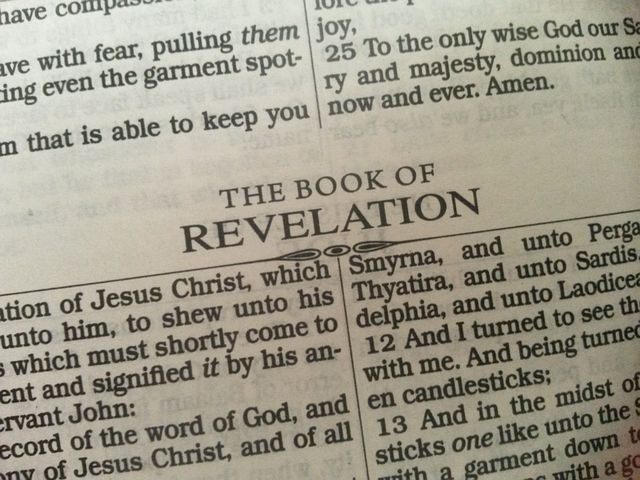Read More Than Conquerors, pp. 97, 98
By way of Summary note the following:
(1) In our trip which took us from Ephesus, as a starting-point, via Smyrna, Pergamum, Thyatira, Sardis, Philadelphia, and Laodicea, and so back to Ephesus again, we have covered at least 350 miles.
(2) It is not true that each church represents a definite period of church-history, so that, for example, the church of Ephesus would indicate the first century of Church History, Smyrna the next century or the next two or three centuries, Pergamum the next period, etc. That interpretation leads to all kinds of fanciful speculations and should be completely abandoned.
(3) It is true, nevertheless, that the number seven is significant. It indicates a full, round number, completion. Also, geographically these seven churches were so located that they comprise a more or less imperfect travel-circle. Then, too, the seven were centrally located, with ever so many churches to the east of them (for example, in eastern Asia Minor and Syria), and ever so many to the west of them (for example. in Macedonia, Greece, and Italy). They may therefore be regarded as typical of the Church Militant of the entire New Testament period, from the first coming of Christ to the second. And in this connection no church was probably more truly representative of the average congregation in John’s day than the one mentioned first, namely, that of Ephesus; and none surely suits the picture of Christendom as it will manifest itself in the period immediately preceding Christ’s second coming (cf. Luke 17:22–37) as well as does that of Laodicea, mentioned last.
The seven churches, moreover, represent every type of church, from the very best (think of Smyrna and Philadelphia) to the very worst (think of Sardis and Laodicea), with Ephesus, Pergamum, and Thyatira somewhere in between.
(4) The temptation to deny the Christ came from three directions: a. the sword (any form of physical persecution), aimed to destroy the body of the believer; b. the lie (pagan religion and philosophy), striving to poison his mind; and c. worldly pleasures, purposing to entice his very heart and to enslave his will.
(5) The great question for each church—and also for each church-member—remains, “Am I a true lightbearer, a loyal witness for Christ?”

Questions
1. What do you remember about the letter to the church of Ephesus?
2. What do you remember about the letter to the church of Smyrna?
3. What do you remember about the letter to the church of Pergamum?
4. What do you remember about the letter to the church of Thyatira?
5. What do you remember about the letter to the church of Philadelphia?
6. What do you remember about the letter to the church of Sardis?
7. What do you remember about the letter tot he church of Laodicea?
